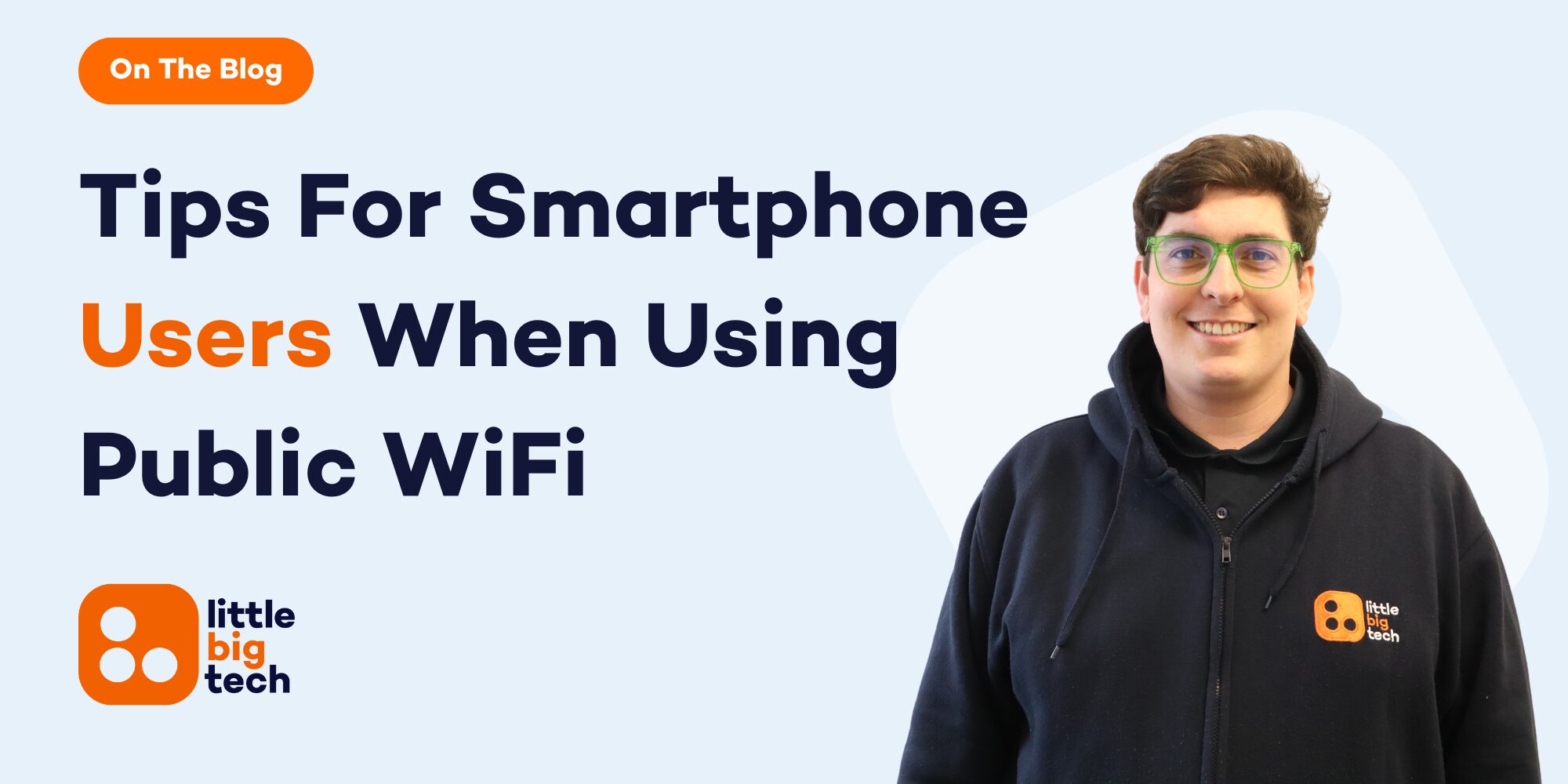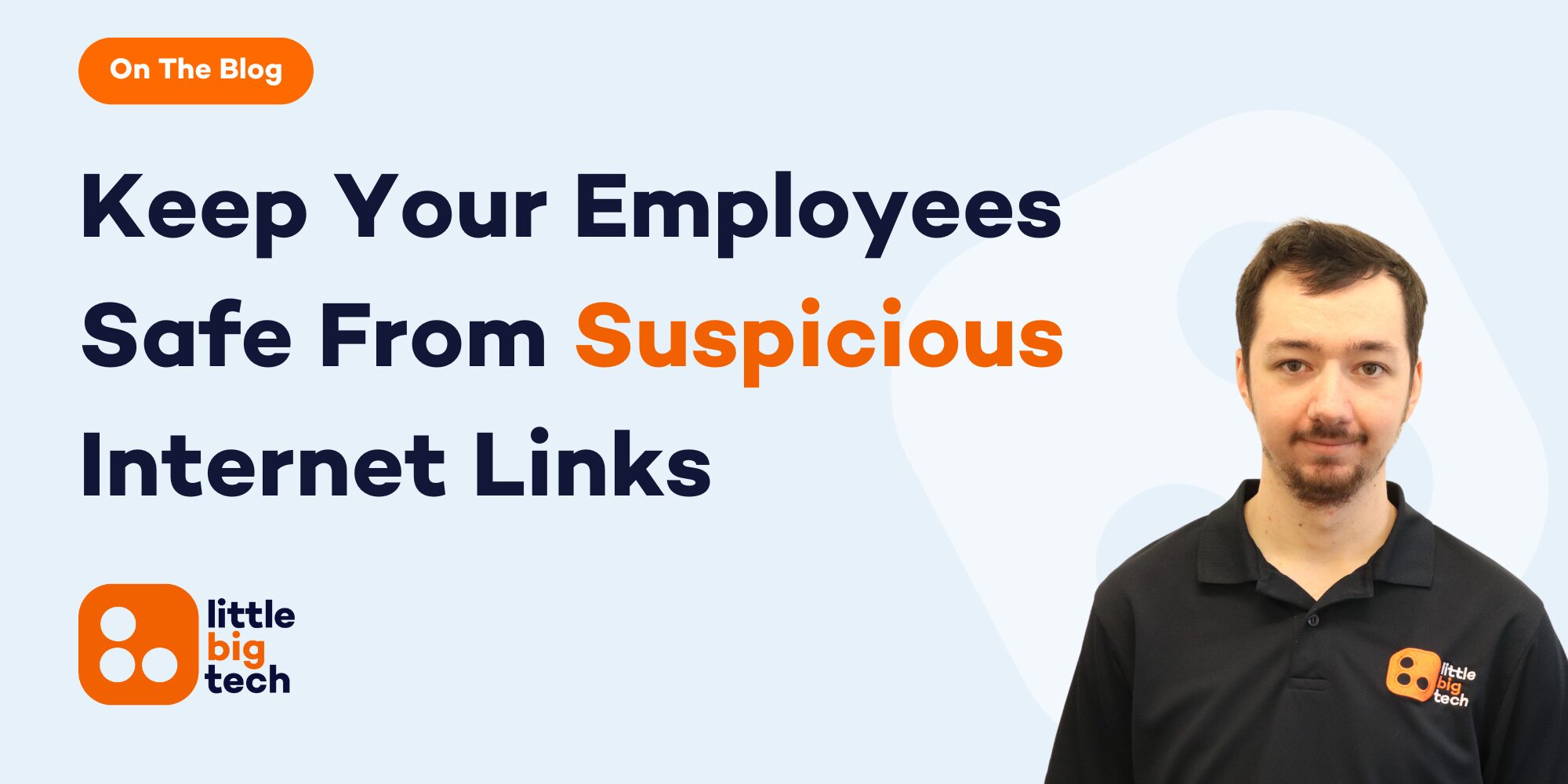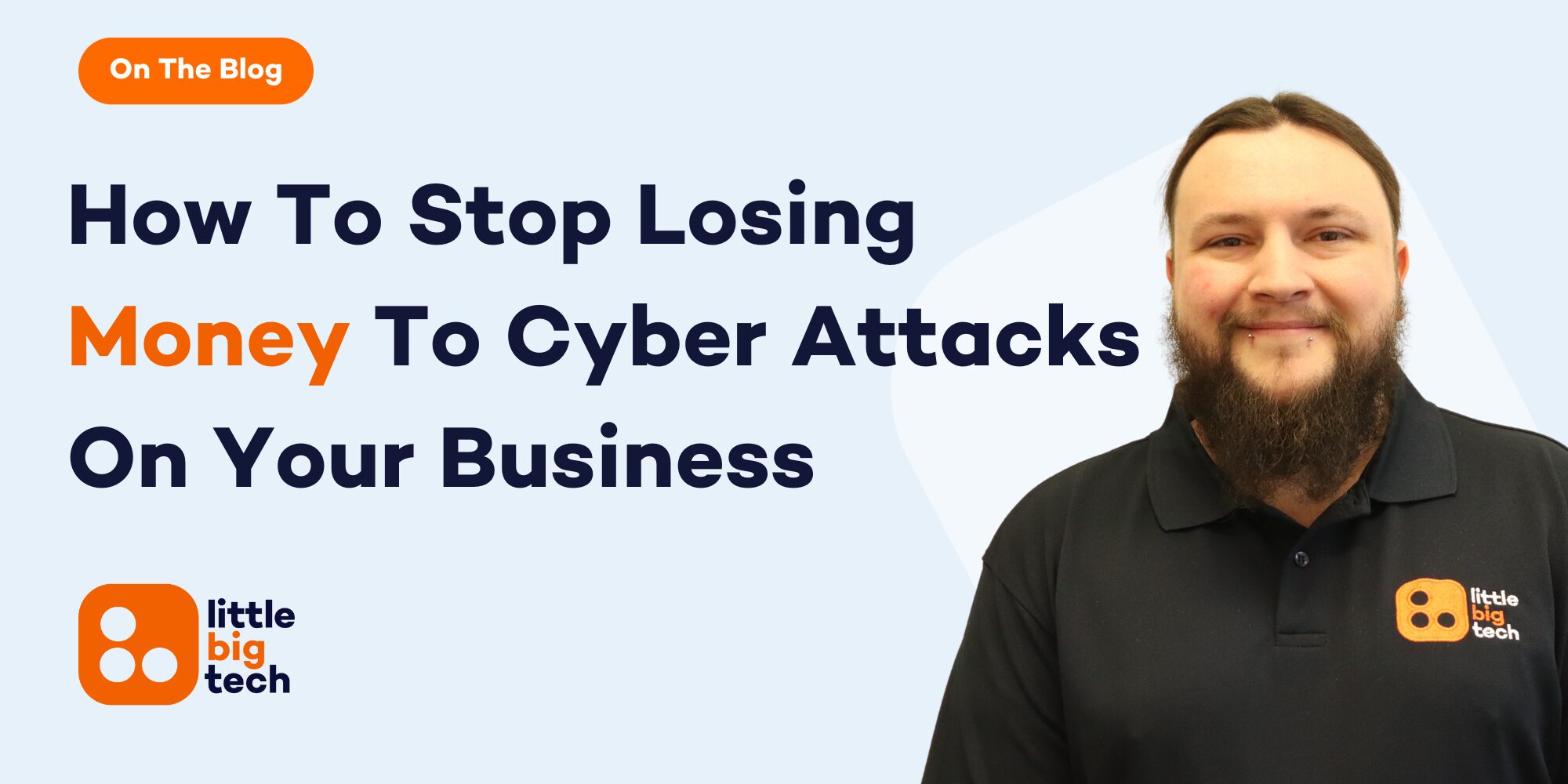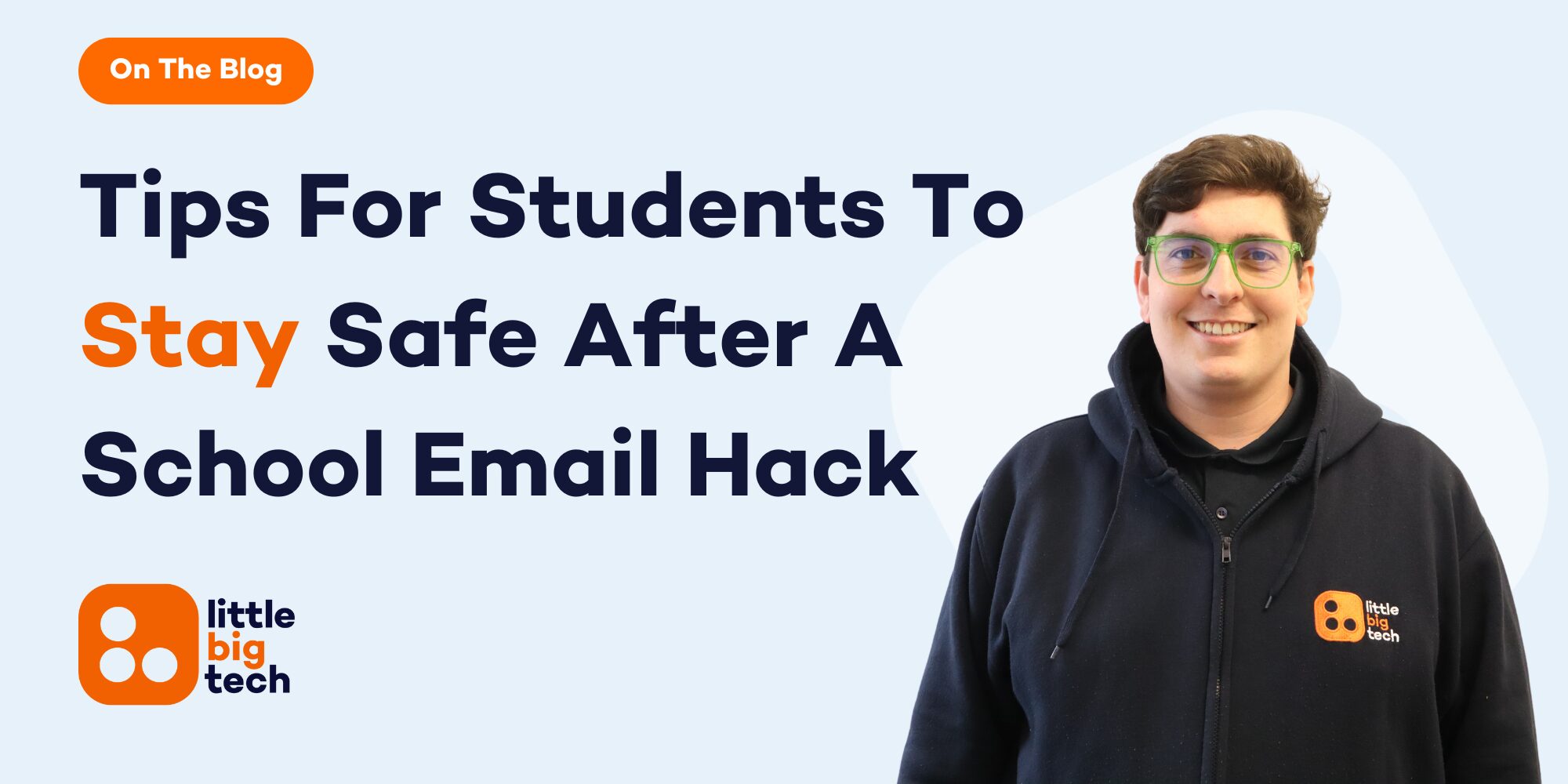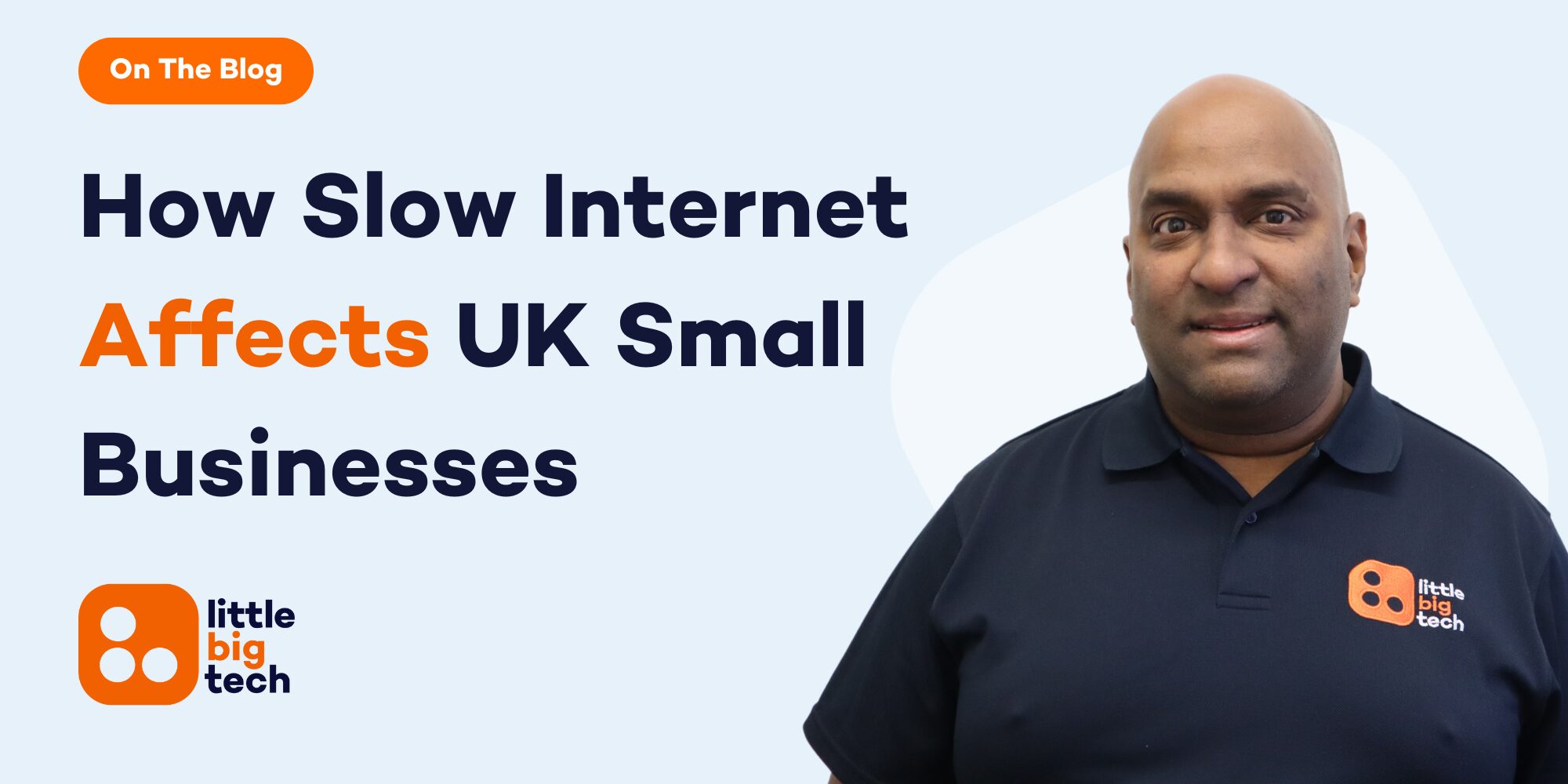Using public WiFi might feel convenient, but knowing how to stay safe on public WiFi is something every smartphone user should take seriously. Whether you’re sitting in a café, travelling through an airport, or catching up on emails at a hotel, your mobile device is often exposed to risks you can’t see.
Public WiFi is usually open and unsecured. That means your online activity can be intercepted without your knowledge. Hackers can use tools to sit between you and the websites you visit, quietly collecting passwords, personal information, and even payment details. Some even create fake WiFi networks that look legitimate, only to trap people looking for free internet.
The problem is simple: smartphones are always looking to connect, and we often let them. But with just a few steps, you can lower your risks massively. This guide walks you through exactly what those steps are — explained in clear, non-technical language.
You’ll learn what makes public WiFi dangerous, what habits make you an easy target, and the best ways to protect your smartphone in real-time. We’ll also cover smart phone settings to turn on now, so you’re not caught off guard later.
If you rely on your phone for work, banking, or personal files, this isn’t just useful if it’s necessary. Read on to protect your data, your device, and your peace of mind.
Why Public WiFi Is Riskier Than You Think
Public WiFi may seem harmless at first glance. It’s free, it’s quick, and it saves your mobile data. But behind that convenience is a network full of hidden risks — especially when you’re using a smartphone.
1. Open Networks Invite Open Attacks: Most public WiFi networks are unsecured, which means anyone nearby can connect. Without proper encryption, any data you send — like passwords, login details or personal messages — can be intercepted. It’s like sending a postcard instead of a sealed envelope.
2. Hackers Love Public Hotspots: Hackers often sit on public networks looking for vulnerable devices. They can use tools to watch traffic or run what’s called a man-in-the-middle attack, where they quietly sit between your phone and the website you’re visiting. This allows them to copy your logins and other sensitive information without you knowing.
3. Fake Networks Are Common: It’s easy for a hacker to set up a network called “Free_Coffee_Shop_WiFi” and wait for people to connect. Once you’re on their network, they can track what you do or even install hidden spyware on your device. If you’re not paying attention, you might never know the difference between a fake and a real hotspot.
4. Your Phone May Be Too Trusting: Many smartphones are set to reconnect automatically to known networks. So if a hacker sets up a network with the same name as one you’ve used before — like “Airport_WiFi” — your device could connect on its own without asking. That means you could be on a risky connection without even opening your screen.
5. Password-Protected WiFi Doesn’t Always Mean Safe: Just because a café gives you a password doesn’t mean their network is secure. If many people know the password, it’s not truly private. Others on that same network can still snoop on what you’re doing if they know how.
What Hackers Can See From Your Phone On Public WiFi
When you’re connected to public WiFi, hackers don’t need to break into your device to cause damage. The network itself gives them an open window to peek through — and here’s what they can actually see.
1. The Websites You Visit: Unless the website uses HTTPS (you’ll see a padlock in the address bar), your browsing activity is visible. A hacker can see which pages you visit, how long you stay, and even what you type on those pages if the connection is not secure.
2. Your Login Credentials: If you enter usernames and passwords on an unsecured site or app, hackers can steal those details using a method called packet sniffing. This allows them to capture bits of data as it travels between your phone and the internet. Suddenly, they have access to your emails, social media, or even your online banking.
3. Auto-Fill Data and Cookies: Modern browsers store a lot of helpful data to make your life easier — like saved email addresses, card details, and passwords. On a compromised network, a hacker can intercept this information through malicious scripts or redirect you to a fake login page that looks real. All it takes is one tap on auto-fill.
4. Emails and Messages: If you’re using a public WiFi connection without a secure app (like an unencrypted email app or messenger), hackers can see what you’re sending and receiving. Business emails, confidential discussions, or personal photos can be intercepted without your knowledge.
5. App Traffic and Background Data: Even when you’re not actively using your phone, many apps run in the background. These background activities can send out data that hackers can watch. Location updates, synced contacts, calendar entries, and even cloud file uploads may be visible, depending on the app’s security level.
6. Personal Files: If file sharing or Bluetooth is turned on while you’re connected to public WiFi, hackers can search your device for accessible files. This includes documents, photos and videos — especially if your phone’s sharing settings are too open.
How To Stay Safe On Public WiFi: Common Mistakes Smartphone Users Make
Even smart users fall into traps when using public WiFi, especially on smartphones. These simple but risky habits can open the door to hackers, spyware, and stolen personal data — often without you realising.
1. Connecting to unknown networks without checking first: Many users tap on the first free WiFi they see, assuming it’s safe. Hackers know this and create fake hotspots with names like “CoffeeShop_WiFi” or “Free_Public_WiFi” to trick you into joining.
2. Doing sensitive tasks like banking or business emails: Public WiFi is never the place to log into your bank app or send work files. Everything you send and receive can be watched or stolen if the network isn’t properly encrypted.
3. Turning off mobile data just to save on costs: Switching off your mobile data and relying only on public WiFi might seem clever, but it exposes your phone to risks every time you connect. It’s safer to use mobile data when handling private tasks.
4. Forgetting to turn off auto-connect features: If your phone is set to automatically join known networks, it could latch onto a fake one that simply has the same name. Always switch off auto-join and choose networks manually.
5. Ignoring device updates or app patches: Outdated apps or system software often have security holes. Skipping updates leaves your phone exposed to attacks that newer versions have already fixed.
How Hackers Target Public WiFi Users Without Them Knowing
Many people assume that as long as they don’t click on suspicious links or download dodgy apps, they’re safe on public WiFi, that’s not how to stay safe on public WiFi. But hackers don’t always need you to do anything. They just wait for the right moment — and your phone does the rest.
1. Fake hotspots that look real: One of the most common tricks is for hackers to set up a hotspot with a believable name like “Airport_FreeWiFi” or “CaféGuest.” Once your device connects, they can see what you’re doing online and even steal login details if you enter them.
2. Man-in-the-middle attacks: This method lets hackers sit quietly between your phone and the website or app you’re using. So even if you think you’re sending your data straight to your bank, it’s actually going to the hacker first.
3. Packet sniffing tools: These tools let attackers scan the traffic flowing through a WiFi network. They can pick up usernames, passwords, messages, and even saved credit card numbers if the network doesn’t use strong encryption.
4. Malware injections via insecure websites: When you visit non-HTTPS websites over public WiFi, hackers can slip malicious code into the site before it loads fully on your device. This is how spyware and ransomware often find their way in without you knowing.
5. Session hijacking tricks: If you’ve logged into something like your social media or email account, hackers can steal that session and use it to pretend to be you — even without knowing your password. This is especially easy when two-factor authentication isn’t in place.
These quiet but dangerous methods are what make public WiFi so risky, especially when used for personal, financial, or work-related tasks. If you’re unsure what signs to look out for, we break it down clearly in the guide to spotting signs your device is compromised — so you can act quickly if something seems off.
Stay Safe With Us: Your Public WiFi Protection Starts Here
At Little Big Tech, we understand how easy it is to connect to public WiFi without thinking twice — especially when you’re rushing to check your banking app or reply to work emails. But those open networks come with hidden risks that could cost you far more than a bit of mobile data.
We’re here to stop that from happening. Whether you’re running a business or simply trying to protect your own data, our team offers trusted IT help that keeps your devices safe and your connection private and that’s how to stay safe on public WiFi. From helping you set up secure access to monitoring threats in real time, we make sure you can go online without worry — even in cafés, hotels or airports.
You don’t have to handle this alone. We offer real support from real engineers, not just chatbots. And everything we do is focused on practical protection — not jargon. If you’re concerned about how your team or your personal devices are using public networks, get in touch with us today.
We’d love to help. Just email us at info@littlebigtech.co.uk or call us directly on 03333 055 331 for a quick chat. You can also find us easily on Google Maps — just search for Little Big Tech in Edenbridge.
Let’s keep your team, your customers, and your business protected. We’re ready when you are.

